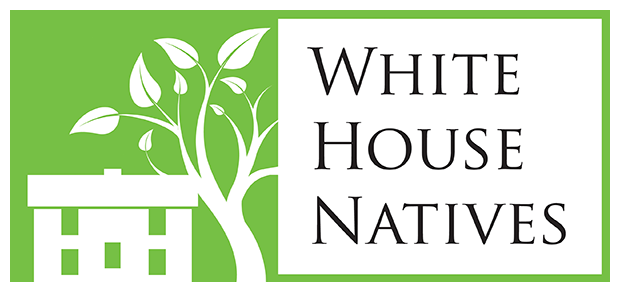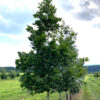The tulip or yellow poplar (Liriodendron tulipifera) is one of the largest and most valuable hardwood trees in the United States. Its trunk grows straight and uniformly up to the
The easiest way to describe the American beech (Fagus grandifolia) to those who may not be familiar with it is ‘it’s the one with the smooth silver bark on which
If you are fortunate enough to escape the winter cold and travel to warmer destinations in Central America, keep an eye out for one of our eastern native trees: the
As autumn descends on the Shenandoah Valley and trees don their bright attire before resting for winter, one understory tree can’t decide on what shade it wants to wear so
The famous forager and naturalist Euell Gibbons says ‘the common Elderberry, known to botanists as Sambucus canadensis (sic), is one of the most abundant, most useful, most healthful, yet most
Magnolia virginiana (Sweetbay) Life can be stressful sometimes – thank goodness for magnolias! When things get overwhelming, get yourself to your closest blooming magnolia and deeply inhale the soothing, rich
In the beauty contest of native plants, viburnums are the quiet, come-from-behind winners. It is true that their common names might cause side glances and a few snickers between the
One of the least expensive and most effective ways to improve water quality also happens to be the simplest – plant trees and shrubs on stream banks and in flood
As a heavy blanket of snow recently fell over the Shenandoah Valley, the avian community was busy searching for seeds or dried berries still visible and accessible above the record-breaking storm
These butternut wooly worm larvae were seen along the Town of Washington, VA nature path in July 2015 Ranking near the top of the naturalist’s what-the-heck-is-that list is a



![At the Nursery: Budding Out [Part 3]](https://whitehousenatives.com/wp-content/uploads/2024/04/Carpinus-caroliniana-catkins-100x100.jpg)
![At the Nursery: Budding Out [Part 2]](https://whitehousenatives.com/wp-content/uploads/2024/04/Acer-rubrum-seed-pods-100x100.jpg)
![At the Nursery: Budding Out [Part 1]](https://whitehousenatives.com/wp-content/uploads/2024/04/Liriodendron-tulipifera-leaf-out-100x100.jpg)